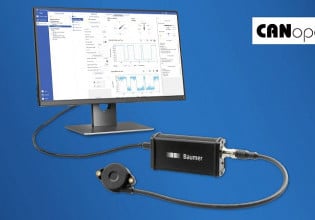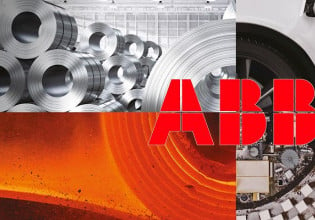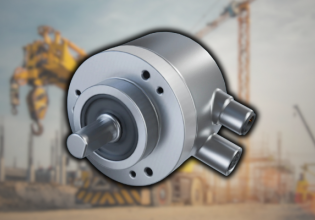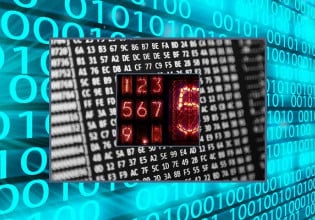When To Calibrate: Making Sense of Calibration Intervals
Calibration is performed on a regular basis to ensure proper measurement tool function, but how do we determine the proper interval? Factors include environment, usage, and level of dependence on proper function.
It is necessary to select an effective calibration interval so that the calibration program has a meaningful impact on the performance of measuring devices and instruments. It increases the instrument's reliability and helps to remove uncertainty in measuring the desired physical variable.
Calibration interval is an important factor in determining the success of any calibration program. It defines the frequency of calibration for measuring instruments and devices. The determination of a calibration schedule becomes confusing because there are many variables to consider when deciding a calibration frequency—for example, the instrument's use, quality assurance requirements, regulatory guidelines, and safety requirements.
What Is a Calibration Interval?
A calibration interval is the time between two consecutive calibrations—the most important parameter that defines the success or failure of any calibration program.
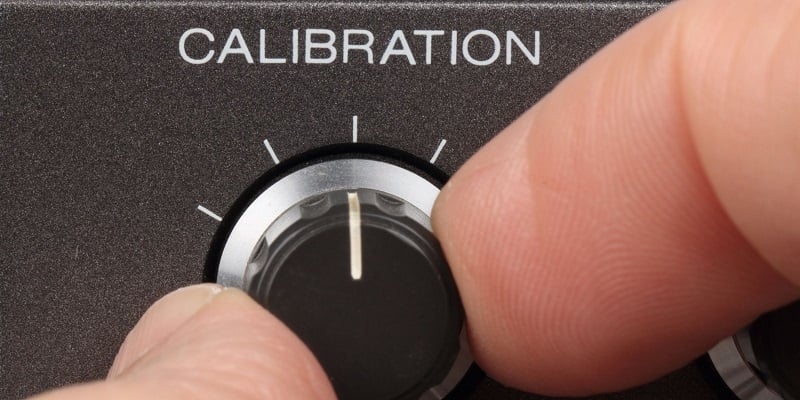
Figure 1. Calibration involves the proper measurement instruments, the proper calibration tools, as well as the proper interval schedule. Image used courtesy of Canva
Additionally, the organization is required to indicate the calibration interval in the documentation or calibration certificates, which are submitted to the regulatory authorities as a part of documentation requirements.
In manufacturing industries, the three most common calibration intervals are
- monthly—performed every month,
- quarterly—executed every after three months, and
- yearly—performed every year after one year.
Who Determines a Calibration Interval?
There are no specific rules to define a calibration interval for an organization. Every manufacturing industry can choose its calibration interval as long as the results are satisfactory.
The main reason for not being specific about calibration intervals is the unavailability of more specific guidelines from regulatory and standardization bodies. Organizations such as the United States FDA and the ISO have not established any particular guidelines about calibration intervals.

Figure 2. Process signal transmitters must be calibrated to ensure high-quality control signals. Image used courtesy of Canva
The United States Current Good Manufacturing Practice (CGMP) for finished pharmaceuticals - 21CFR 211.68 subpart D states that "such equipment is so used, it shall be routinely calibrated, inspected, or checked according to a written program designed to assure proper performance. Written records of those calibration checks and inspections shall be maintained."
Similarly, the United States Quality System Regulations for Production and Process Controls 21 CFR 820.75 states, "Each manufacturer shall establish and maintain procedures to ensure that equipment is routinely calibrated, inspected, checked, and maintained."
And, according to the ISO Clause 7.1.5 of ISO 9001:2015, "measuring equipment shall be calibrated or verified, or both at specified intervals or prior to use, against measurement standards traceable to international or national measurement standard; when no such standards, the basis used for calibration or verification shall be retained as documented information.
The regulatory bodies have left this decision for manufacturing industries to decide independently. The main reason is the fact that the end user likely knows more specifically how their instruments are used, and under what conditions, during their entire life cycle.
How to Establish Calibration Intervals
Letting instrument users (organizations) decide calibration intervals often becomes confusing. Because there are different approaches to determining the calibration interval, each organization within the same industry can choose different approaches. This results in varying calibration programs for every organization

Figure 3. Calibration for some digital or ‘smart’ field equipment can be done through onboard parameters. Image used courtesy of Canva
Some factors that can be helpful when defining the calibration interval of measuring instruments include the following:
Manufacturer's Recommendation
Manufacturer's recommendations are the most common and followed parameter. The instrument's user (organization) consults the manufacturer’s guidelines to determine the calibration interval.
These guidelines are often provided in the maintenance manual, while some organizations also supply a dedicated calibration manual. It includes policies on calibrating instruments such as procedure, interval, and documentation.
The main advantage of consulting the manufacturer is that during the design phase, manufactuers often perform a risk analysis to determine ideal conditions for optimum instrument performance. Calibration guidelines are prepared as a part of maintenance strategies to rectify any fault if it occurs.
After New Equipment Installation
Calibration is also performed when a new measuring instrument or device has been installed.
Calibration helps to adjust the internal working of the instrument and sets it according to the process or system requirement. Calibration after installation also provides a reference point for the instrument to start logging readings.
After a Major Project Upgrade
Calibration is also required when there is an upgrade in the existing system or equipment. Any major change in the system alters the system's existing capacity and affects the behavior of attached ancillaries, accessories, and motion generators. This can also alter the minimum and maximum output of the measuring instrument and devices.
For measuring instruments and devices to function effectively and correctly in the updated system design, they must be calibrated before they can be made part of the system. It enables satisfactory performance in the updated design and allows necessary adjustments.

Figure 4. Electrical equipment calibration requires closely matching the transmitter outputs against the signals from traceable calibration equipment. Image used courtesy of Canva
After Measuring Deviation or Process Damage
Processes in manufacturing industries are always prone to deviation resulting from malfunctions in measuring instruments and devices.
An example of a significant deviation can be an explosion in an autoclave which can occur due to the failure of safety switches and safety relief valves. If this condition occurs, all the measuring instruments and devices are re-calibrated, along with other maintenance techniques, to help detect faults and troubleshoot the system.
Instrument Calibration
Determining a proper calibration schedule provides assurance of standards and safety for a process, particularly when the industry is more highly regulated, and creates reliability and peace of mind by ensuring the proper function of measurement tools.


